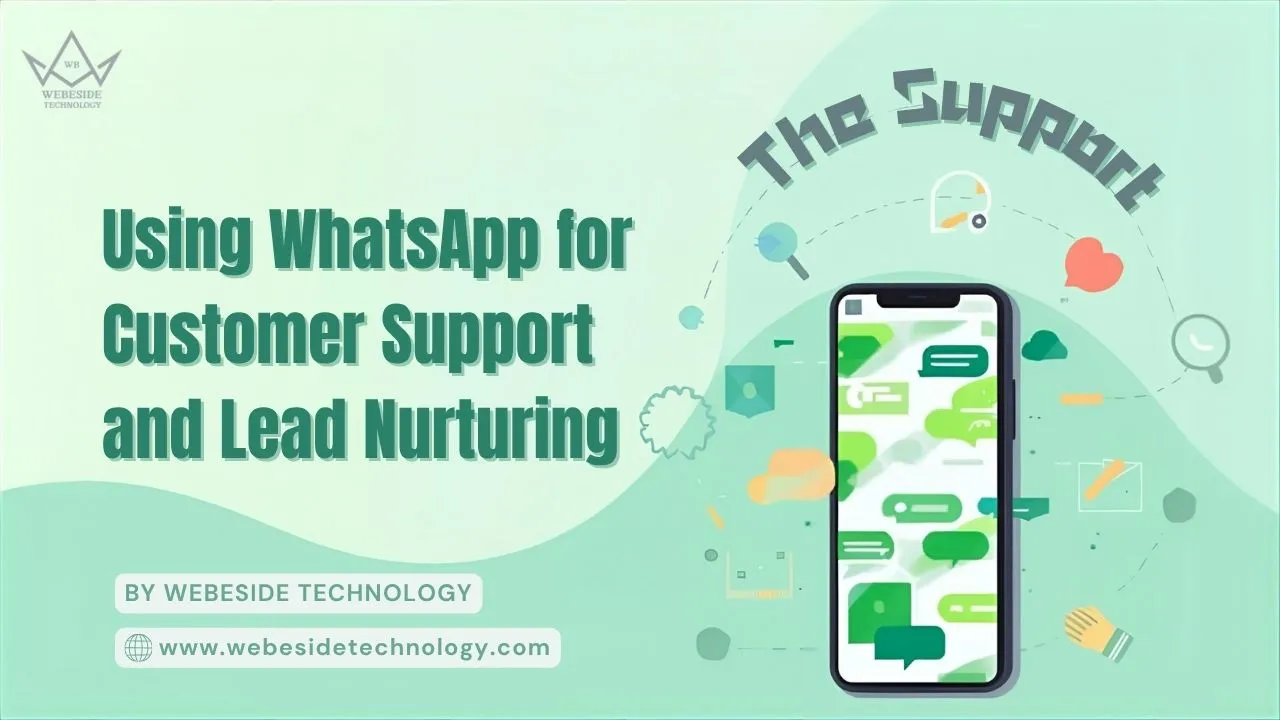Alright, let’s just start by being real. Voice search is everywhere now. Like seriously, it’s not some far-off tech thing anymore. Alexa, Siri, Google Assistant, even ChatGPT voice input—people are talking to devices more than typing. And honestly, if your website isn’t ready for it, you’re basically invisible to a massive chunk of potential visitors. I mean, think about it… half your audience could just skip right past you because your site doesn’t “talk back” in the way they’re asking.
So the big question is: how do you actually prepare your site for voice search while keeping SEO strong? Don’t worry, I’ll break it down like a conversation, no corporate fluff, just straight-up advice.
Why Voice Search Is Exploding
Look, typing is slow. People are busy. Driving, cooking, walking, whatever—they just want quick answers. You’re not typing, “best Italian restaurants near me downtown NYC open now” into your phone. No one has time for that. You just say, “Hey Google, find the best Italian restaurants near me.” Boom. Done. Instant.
And here’s the thing—voice search isn’t just about convenience. It’s intent-driven. People asking via voice are usually looking to take action, not just browse. They want answers, solutions, or directions. That’s huge for businesses if your website is prepared to give them exactly what they’re looking for.
Honestly, by 2025, more than half of online searches are expected to be voice-based. Yeah, that’s a big slice of traffic, and if you ignore it, you’re leaving money on the table.
How Voice Search Changes SEO
Here’s the catch: voice search isn’t the same as typing a keyword into Google. People speak differently than they type. They use complete sentences, sometimes even rambling a bit. So that old “stuff keywords into headings and hope for the best” method? Yeah, that’s basically useless now.
Some things to keep in mind:
- Long-tail keywords dominate — instead of “Italian restaurant,” people say, “What’s the best Italian restaurant in downtown New York that’s kid-friendly?”
- Conversational tone matters — content has to sound human. If it reads like a manual, forget it.
- Featured snippets are gold — voice assistants read the top snippet, so you want to aim for that.
- Mobile-first is mandatory — most voice searches happen on smartphones.
- Local SEO is critical — “near me” searches are everywhere. Be visible, or you don’t exist.
So yeah, voice search is basically forcing us to rethink content, site structure, and optimization. It’s a whole new ballgame.
How to Make Your Website Voice-Search Friendly
Alright, now let’s get practical. Here’s how you make your site ready for voice queries:
- Focus on Questions
Voice searches are almost always questions. Who, What, Where, How, When—your content needs to answer real questions naturally. Think like your audience—what would they actually ask aloud? - Conversational Content
Write like you’re talking to someone. Short sentences, simple words, a casual tone. Throw in little side comments like “you know what I mean?” or “honestly.” Makes your content human, not robot. - Local SEO Optimization
Most voice searches are local. “Near me” dominates. Make sure your Name, Address, Phone (NAP) info is consistent everywhere. Include Google Maps embeds, customer reviews, directions—basically everything that signals “we’re real and nearby.” - Speed and Mobile Optimization
Voice users want instant answers. Slow-loading pages are lost opportunities. Fast, responsive, mobile-friendly websites are essential. - Structured Data / Schema Markup
Helps search engines understand your content better and increases chances of being in a featured snippet. FAQ schema, product schema, local business schema—these all help. - FAQ Sections
Seriously, FAQ sections are your friend. They naturally match the Q&A style of voice queries. Answer the questions people are asking in your niche. - Natural Language Phrases
Don’t just stuff keywords. Cover variations like “best Italian restaurant near me” and “what Italian place is open now nearby.” Think like people talk, not like a Google bot.
Why Work With Webeside Technology
Look, doing all this alone can get overwhelming. Long-tail keyword research, schema markup, speeding up your site—it’s a lot. That’s why smart brands partner with Webeside Technology.
They help by:
- Analyzing your site for voice search readiness
- Optimizing content for conversational queries
- Strengthening local SEO for “near me” searches
- Implementing schema and technical fixes without stress
Basically, they make sure your website doesn’t just exist—it gets found when people talk, not just type.
Extra Tips to Stay Ahead
Some extra thoughts to really nail it:
- Think like your audience — imagine how they would phrase their questions aloud.
- Update content regularly — trends change fast; what worked last year may need tweaks now.
- Leverage reviews — voice searches often rely on recommendations. Make positive reviews visible.
- Multimedia helps — images, videos, transcripts help search engines understand content better.
Honestly, doing these small things can make a huge difference.
Common Mistakes
A few mistakes people make:
- Only using short-tail keywords, ignoring natural phrasing
- Not optimizing for mobile speed—voice users are impatient
- Ignoring local SEO completely
- Forgetting structured data—without schema, you may never appear in featured snippets
Avoid these, and you’re already ahead of most competitors.
The Future Is Now
Voice search isn’t the future—it’s already here. Smart speakers, cars, wearables, AI assistants—they’re everywhere. By 2025, most searches will involve voice or conversational queries.
If you want to stay competitive:
- Answer questions naturally
- Make your site fast, mobile-friendly, and clear
- Optimize for local searches and structured data
- Track results and adjust as needed
And if you want to do this without losing your mind, Webeside Technology can guide you. They know what works and can get your site voice-search ready fast.
Final Thoughts BY Webeside Technology
Voice search is growing, reshaping SEO, and changing how people find businesses online. If your site isn’t ready, you’re missing out.
Key takeaways:
- Think like a human answering questions, not an AI stuffing keywords
- Make content conversational and natural
- Optimize for speed, mobile, local SEO, and schema
- Include FAQ sections and long-tail phrases
Do all this, and your website won’t just survive—it’ll thrive in a voice-driven world.
Honestly, start now. Partner with Webeside Technology if you want results without headache. Early movers always get the advantage, and trust me—you don’t want to be left behind.











Leave a Comment